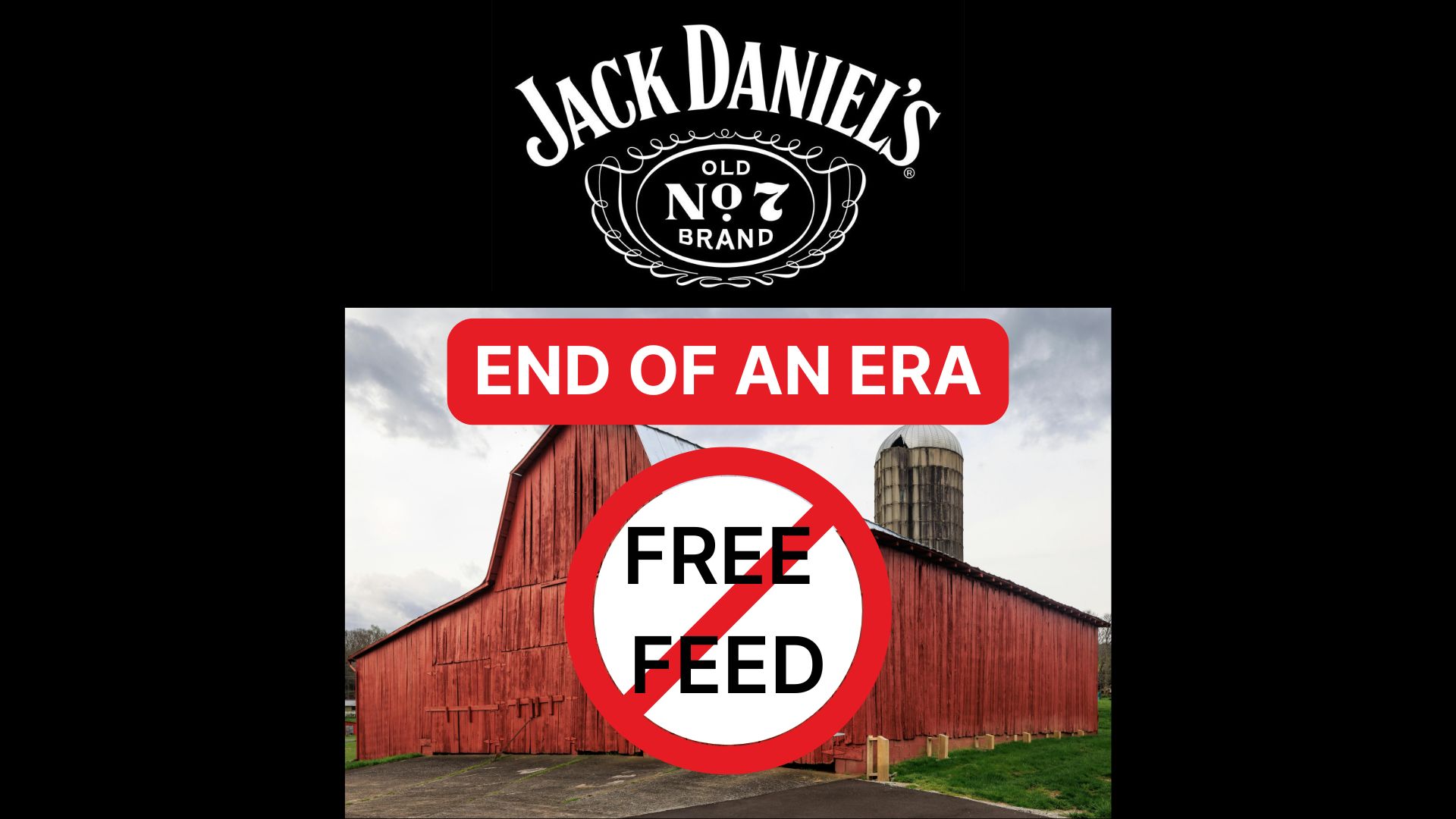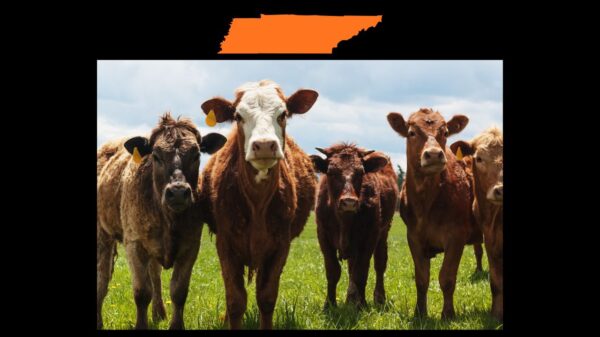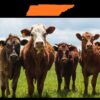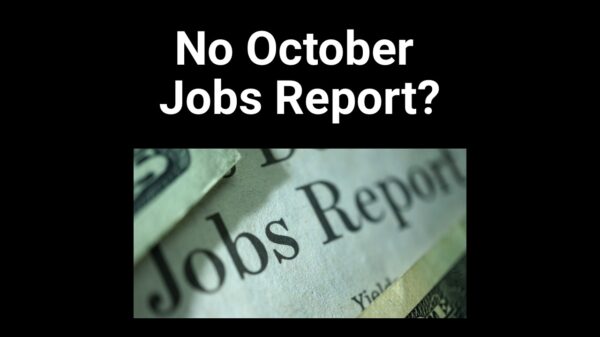For 45 years, cattleman Terry Holt has started his mornings the same way — climbing into his truck, driving to the Jack Daniel’s distillery in Lynchburg, Tennessee. There he would load up on the leftover mash from whiskey-making.
That slop, a thick, nutrient-rich blend of corn and grain, has been a quiet but vital link between the world’s best-selling whiskey and the local farms that surround it in Moore County. For decades, it kept feed costs low, cattle healthy, and waste out of landfills.
“I’ve been at it 365 days multiplied by 45,” Holt recently told News Channel 5 in Nashville. Holt, who once worked at Jack Daniel’s before retiring to farm full-time, says the decision feels personal. He believes it is like the company that built its brand on small-town Tennessee values is turning its back on its own roots.
“Jack Daniel’s grew up with the people here,” he told Channel 5. “You’ve used those images to grow, and now you wanna take that image and go away with it.”
“I don’t miss a day hauling my slop. It’s that important to me.” That daily trip will soon end. Starting next spring, Jack Daniel’s will halt its Cow Feeder Program, cutting off free or low-cost access to distillers’ grain that hundreds of local farmers have come to depend on.
Jack Daniel’s said its waste will now be redirected to Three Rivers Energy, a renewable energy firm that will convert the material into biogas and fertilizer.
To the distillery, it’s a sustainability win — one that aligns with corporate pledges to cut emissions and reduce landfill use. Jack Daniel’s produces as much as 500,000 gallons of spent grain per day, and transforming it into energy makes environmental and business sense. What may be a good decision for Jack Daniels from a business standpoint, it may be bad news from a public relations standpoint.
But for Holt and his neighbors, that change isn’t just inconvenient, it’s potentially catastrophic. Of the 500,000 gallons, farmers currently haul away approximately 300,000 gallons — the same 300,000 gallons planned to be reallocated to Three Rivers Energy.
Without that steady feed supply, farmers face higher costs and tighter margins at a time when drought and inflation have already cut deep.
“All I know is that’s gonna destroy us,” Holt said.
Many distillers pay farmers to take the slop. Others charge a small amount which is still cheaper than farmers buying less nutrient-rich feed.
According to the USDA, nearly 90% of farms in Moore County are livestock operations. For many, the Cow Feeder Program wasn’t a bonus, it was a backbone. The distillery’s slop was protein-rich and plentiful, allowing small farms to feed their herds without paying sky-high commercial feed prices.
Now, with feed costs already elevated nationwide, up nearly 10-20% since 2021 losing this free supply will hit small operators the hardest.
Jack Daniel’s decision couldn’t come at a worse time for cattle farmers and consumers. Beef prices are currently at historic highs in the U.S. due to a “perfect storm” of low supply and resilient consumer demand. The supply shortage, caused by years of drought and high production costs, is the primary driver of the price surge. Many farmers, faced with high cost, have chosen to sell off their beef stock for slaughter rather than use it to grow herds. The national herd is at its lowest level in over 70 years.
Meanwhile, despite consumer prices increasing by 10% and more this year, the public demand for beef has not slowed. There are still concerns that ongoing tariff battles, many of which can impact the export and import of beef, could still contribute to higher prices in the next year.
Steve Gill is editor and publisher of TriStar Daily.

















